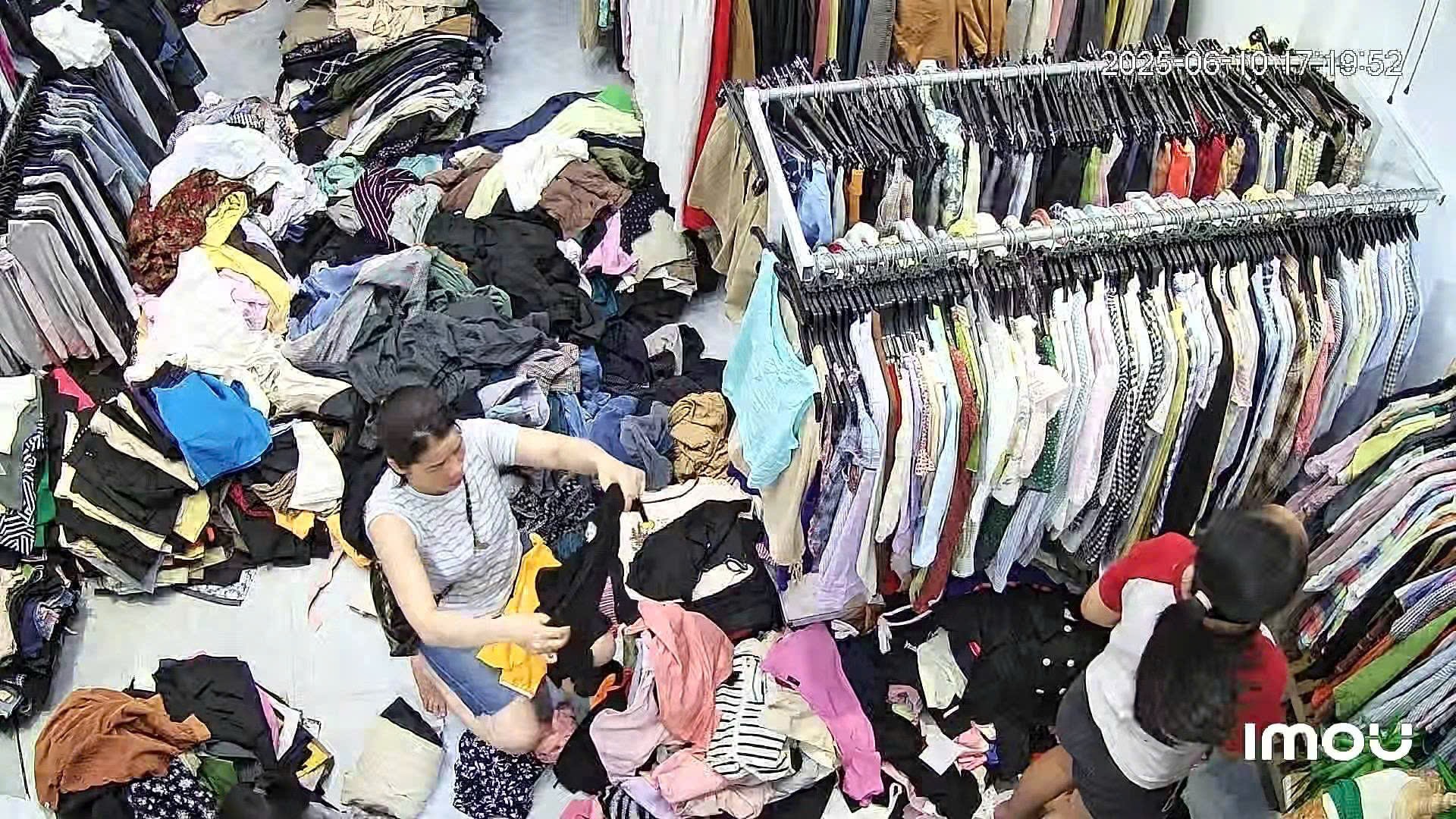
Old stuff – new taste
Con Market, Thanh Khe Market, or small shops located on streets like Thai Thi Boi, Ong Ich Khiem, Hung Vuong... are " fashion gold mines" for bargain hunters. The space is narrow, but inside is a world of clothes and accessories of all styles - from French vintage, Japanese retro to American denim, Korean bomber jackets. For many young people in Da Nang, this is the place to find personal identity, create a unique style that is... extremely cheap.
Minh Tri, a third-year student majoring in Culture and Tourism , said: “I like the classic, dusty style. One time when I went to Con market, I accidentally saw a Scottish-style sweater, only 40,000 VND. When I put it on, it was exactly the style I was looking for. Since then, I have been addicted to oversized clothes!”
Like Tri, many young people choose second-hand clothes as a fashion statement: wearing second-hand clothes is not a sign of poverty, but of awareness. They are not caught up in the whirlwind of fast shopping and mass-market branded goods, but focus on individuality, uniqueness and especially… environmental protection.
Ms. Lee Thao, a long-time retailer of women's clothing on Thai Thi Boi Street, said while neatly folding up a pile of Japanese jackets: "In the past, people were afraid to wear old clothes, afraid of losing value. Now it's different. Students come here to choose very carefully. Anything unique, strange, and vintage is attractive."
Ms. Thao is also a wholesaler for stalls at Con Market. Her goods are mainly imported from Japan and Korea – places that collect old export goods. “Each bag of goods is like opening a gift. Sometimes the whole bag only has a few items that are satisfactory, but they can be sold at a good price. There are also days when it is a “bargain” – an old Levi’s jean jacket is sold to a customer for 300,000 VND.”
According to Ms. Thao, Gen Z customers are extremely sensitive to trends: “They know Y2K, boho, or preppy styles... They know how to mix and match clothes to look good. I also learn a lot from them.”
At Thanh Khe market, Ms. Chinh, who has been selling used goods for more than 15 years, admitted that she has never seen used goods as "hot" as they are now. "In the past, only the elderly and female workers went to buy them. Now, many students go. Some people buy them, take 'OOTD' photos, post them online, and tag my stall."
For Ms. Lu Dao, an office worker in Lien Chieu ward, clothes are a reasonable economic choice, but also have an emotional element: “I don’t buy based on fashion, but on feeling. There are old-style floral dresses, wearing them makes me feel like I’m back in my twenties. Clothes are like a souvenir of time.”
Ms. Dao also emphasized: “In fact, if you know how to choose, used clothes will be very durable, the fabric quality is better than cheap new clothes. Once I bought a cashmere sweater for 60 thousand, it still looks good after three years of wearing it.”
From fashion to green living
Not simply a matter of saving money, many young people in Da Nang are considering wearing loose clothes as an act of sustainable consumption – part of a “green” lifestyle.
Tuan, a design student, said: “Fast fashion is creating a mountain of waste. A shirt that is produced and no one uses will take decades to decompose. Meanwhile, recycled clothing helps extend the product life cycle. That choice has community value.”
Tuan and a few friends also created an Instagram account to share their weekly outfits, with the message "Reuse & Reinvent". "We don't advocate wearing old clothes because we're poor. We advocate responsible consumption."
The world of second-hand furniture is not simply “waste” as the old stereotype. With the smart, creative choices and positive spirit of young people, second-hand furniture is being “reborn” in a new role: a symbol of personal aesthetic taste, thrift, and a more responsible lifestyle towards the environment.
“Every old item has a soul,” Chinh said with a smile as she folded the slightly wrinkled silk dress. “It once belonged to someone, and traveled other paths. Now that it is in my hands, it begins a new journey.”
And perhaps, that journey – from one person’s hand to another, from cold lands to coastal cities, from “stuff” to “life” – is what creates the magical attraction of old items in the heart of the young city of Da Nang.
Source: https://baodanang.vn/gen-z-da-nang-me-do-banh-vi-chat-song-xanh-3297202.html





![[Photo] Cat Ba - Green island paradise](/_next/image?url=https%3A%2F%2Fvphoto.vietnam.vn%2Fthumb%2F1200x675%2Fvietnam%2Fresource%2FIMAGE%2F2025%2F12%2F04%2F1764821844074_ndo_br_1-dcbthienduongxanh638-jpg.webp&w=3840&q=75)


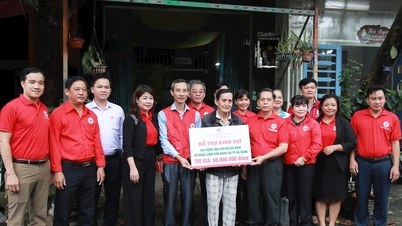
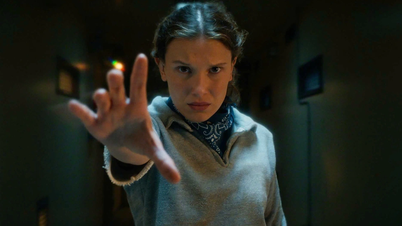


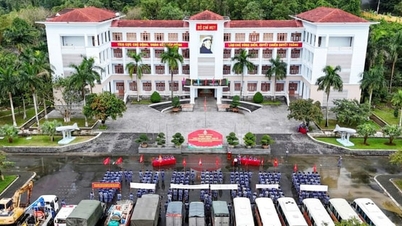

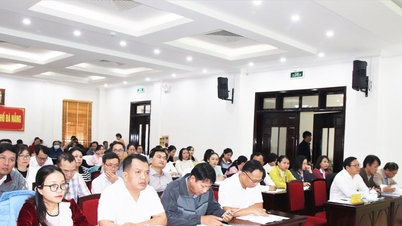











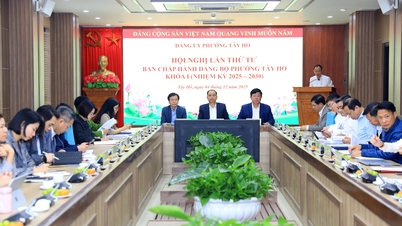





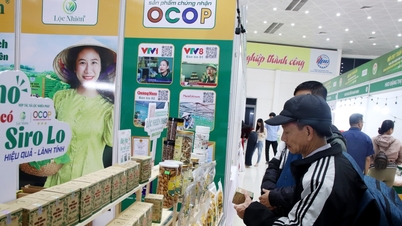
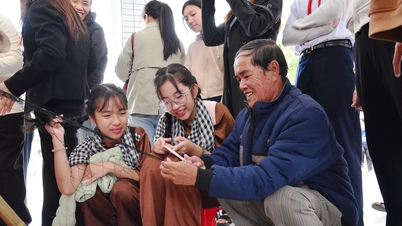
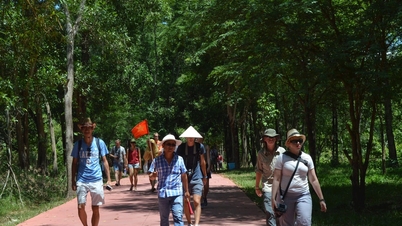
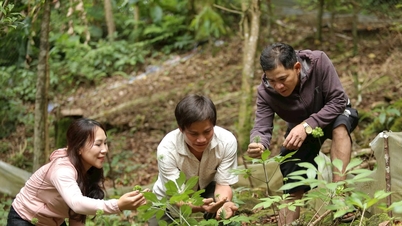



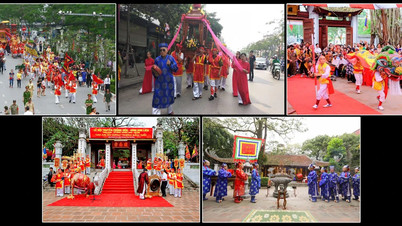



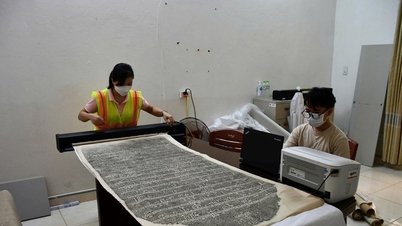

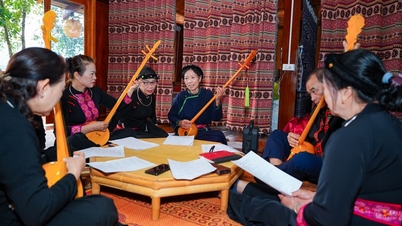







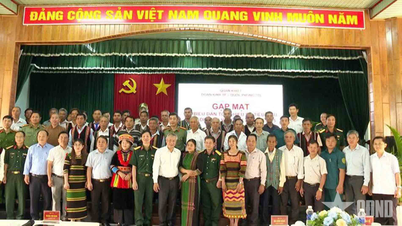



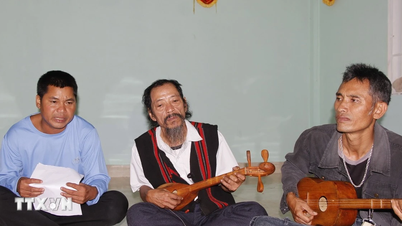
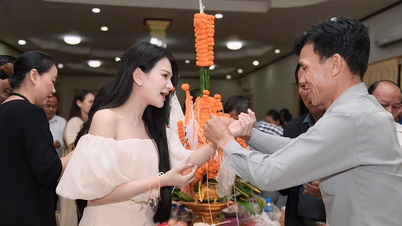


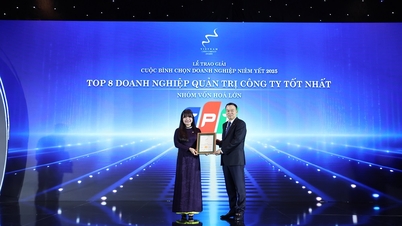



![[VIMC 40 days of lightning speed] Da Nang Port: Unity - Lightning speed - Breakthrough to the finish line](https://vphoto.vietnam.vn/thumb/402x226/vietnam/resource/IMAGE/2025/12/04/1764833540882_cdn_4-12-25.jpeg)
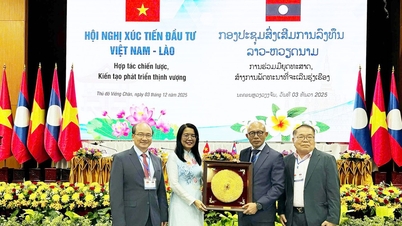






















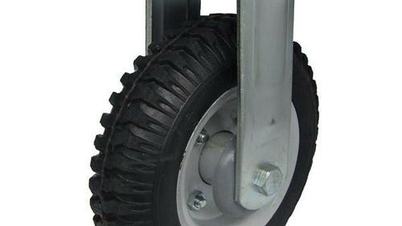


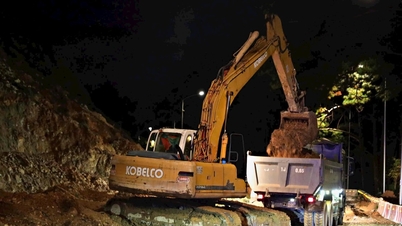
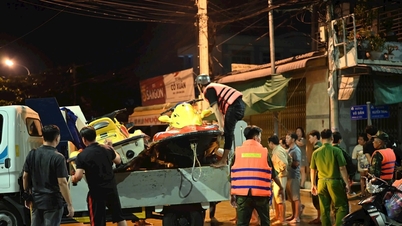
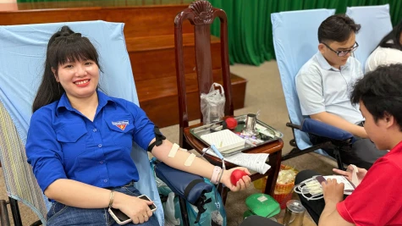


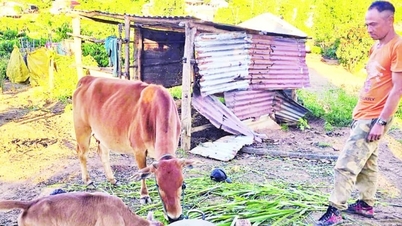
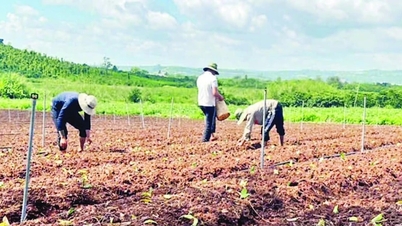











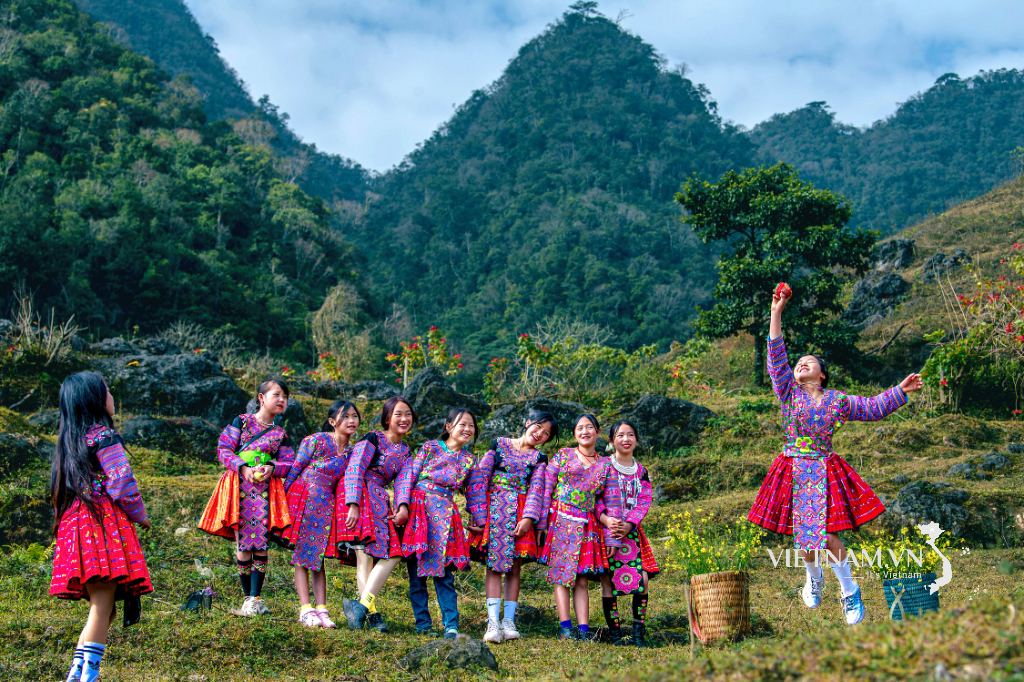
Comment (0)